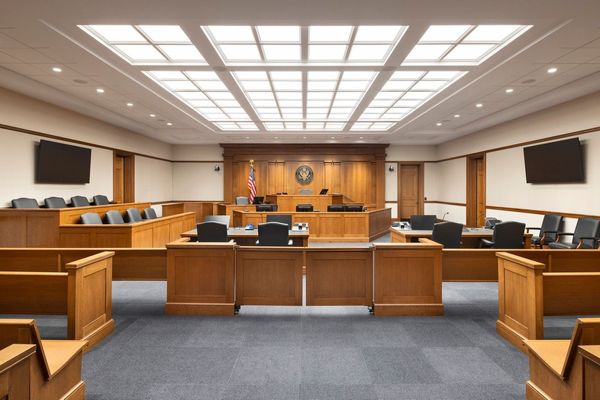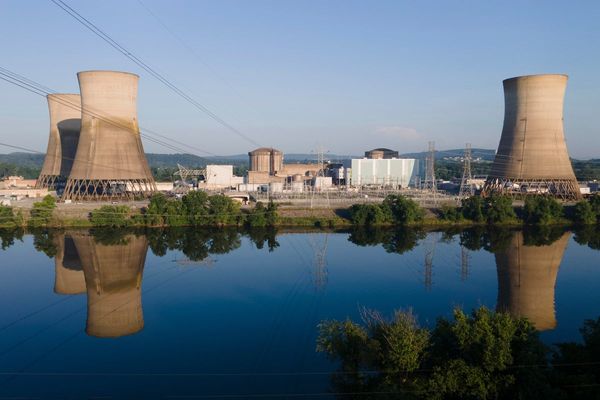As you might already be aware, if we're talking about countries where the most new motorcycles are sold each year, then India frequently tops the charts. How many bikes are we talking about? In FY 2024, motorcycle buyers in India snapped up 18 million units (that's 'million' with an 'm').
Up until a few years ago, China occasionally topped the annual sales charts, and has long been India's only real competitor in terms of sheer annual motorcycle sales volume. However, in the 2020s, a range of factors including total bans on motorcycles in some congested city centers in China has led to a sales decrease that doesn't look to be reaching those lofty heights any time soon.
Why am I telling you all this? Because I want to better set the scene for news that Bloomberg just reported, which is that sources close to Indian prime minister Narendra Modi say that his government is considering a move to eliminate tariffs on motorcycles with displacements over 750cc.
Given that a combination of steep tariffs and disappointing sales volumes are why Harley-Davidson pulled out of India entirely in 2020, could this mean a lot more big Harleys on Indian roads?
Not So Fast
Here's a thing that can't possibly be overstated: The Indian motorcycle-buying public and the American motorcycle-buying public tend to gravitate toward different bikes. Harley-Davidson is undeniably one of the biggest, most desirable brand and lifestyle names in the world. It's up there with Mickey Mouse and Super Mario in terms of international recognition. That's why you'll see people who have never and will never throw a leg over a motorcycle of any kind rocking the bar and shield logo on items of clothing and accessories, pretty much no matter where you go.
In India, there is already a best-selling Harley-Davidson on sale right now, in the current decade. If you're in India, you can run out and put some money down and buy one, too; no line, no waiting, no tariffs. It's the X440, and it's been doing so well that Harley and local manufacturing partner Hero MotoCorp plan to make a whole line based on the X440.
Are there some riders in India who long for large-displacement, more traditional Harley-Davidson bikes? Undoubtedly, but not in massive volumes. Those aren't the bikes that people ride every single day. Like the oddball who rolls up to your local car meet with a vintage Citroën, of course they have their fans. But the volume numbers simply aren't there.
Even if the Modi government completely lifts tariffs on 750cc-plus displacement bikes, imported Harleys are still going to be comparatively expensive. The motorcycle business is an extremely competitive one in India, and one place where the big Harleys just can't compete.
Still, word of this potential tariff shift was apparently enough to negatively affect Eicher Motors shares once the word got out. Eicher is the parent company of Royal Enfield, which is India's oldest motorcycle manufacturer, and a widely respected and nostalgic brand for many a rider. This, after Enfield recently celebrated hitting a million bikes sold in a year milestone.
Currently, the largest-displacement bikes that Enfield offers in India are its 650cc twin-powered range. That includes the Continental GT 650, Interceptor 650 (called INT650 in the US), Shotgun 650, Super Meteor 650, Bear 650, and Classic 650. A 750cc platform is reportedly also in development, but has yet to materialize, and there's been no credible talk about larger-displacement models than that at this time.
While you could reasonably say that Royal Enfield offers a cruiser, and that Harley is internationally famous for its cruisers, it seems unlikely that anyone would be cross-shopping these lineups; tariffs or no tariffs. Royal Enfield buyers specifically want Royal Enfield bikes for Reasons, the same way that Harley buyers want Harley-Davidson bikes for Reasons. Unless we're talking about the X440, they're not really direct competitors in terms of hitting a sweet spot between features/styling/pricing.
It's not just about price, either, though; it's about a particular feeling the bikes evoke. If your dad rode a Royal Enfield, you might want one, too. The same holds true if your dad rode a Harley; one thing both brands do have in common is a generational sense of nostalgia that is frequently (but not always) inherited in the next generation. Comparative nostalgia and familial history are powerful purchase motivators.
There are reportedly other things that the current US administration would like to see India derestrict with regards to American businesses, but they're well outside the scope of a powersports website. Will any of them happen? I know I say this a lot lately, but unfortunately, we'll have to wait and see what materializes down the road.







